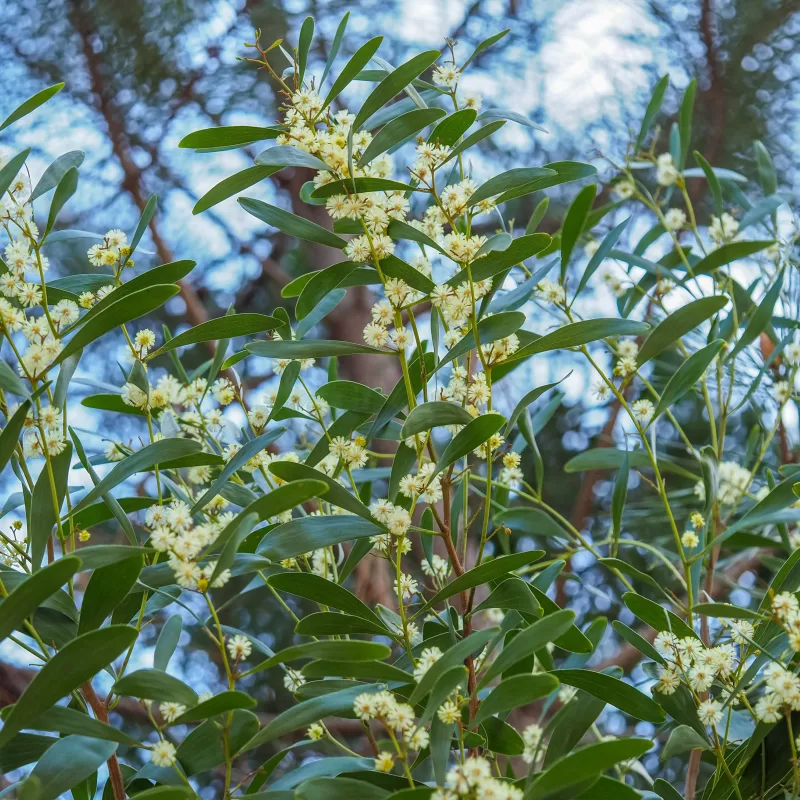| Height |
8.0m - 30.0m (800-3000cm) |
| Flowers |
Dense pale yellow heads, globular of 30-50 flowers on stout stalks. |
| Fruit |
Seed pods |
| Form |
Large erect tree or large shrub. |
| Municipalities |
Break O'Day; Brighton; Burnie; Central Coast; Central Highlands; Circular Head; Clarence; Derwent Valley; Devonport; Dorset; Flinders Island; Georgetown; Glamorgan-Spring Bay; Glenorchy; Hobart; Huon Valley; Kentish; King Island; Kingborough; Latrobe; Launceston; Meander Valley; Northern Midlands; Sorell; Southern Midlands; Tasman; Waratah-Wynyard; West Coast; West Tamar |
| Communities |
Coastal Vegetation; Dry Eucalypt Forest and Woodland; Rainforest; Riparian; Wet Eucalypt Forest |
| Habitat Notes |
Exposed; Moist; Shady; Windy |
| Site Tolerance |
Exposed; Moist; Shady; Windy |
| Frost Tolerance |
Hardy |
| Soil Tolerance |
Fertile; Loam; Poorly-drained; Well-drained |
| General Notes |
Good shade tree and shelter in windbreaks. Useful in controlling erosion as it has a vigorous spreading root system and improves soil fertility. It suckers readily or regenerates from seed after disturbance such as fire, ploughing or ripping making it useful for rehabilitative works. Resistant to livestock damage., but young plants are very susceptible to wallaby browsing etc.Resistant to Phytophthora cinnamomi. Susceptible to browsing by hares and rabbits.Koori (mainland) use: The fine hard wood was used to make spearthrowers and shields. Fibre from the inner bark was used to bathe rheumatic joints. The bark and twigs were reputedly used to stupefy fish, enabling easy capture. The gum is edible. Not suitable below powerlines. |



